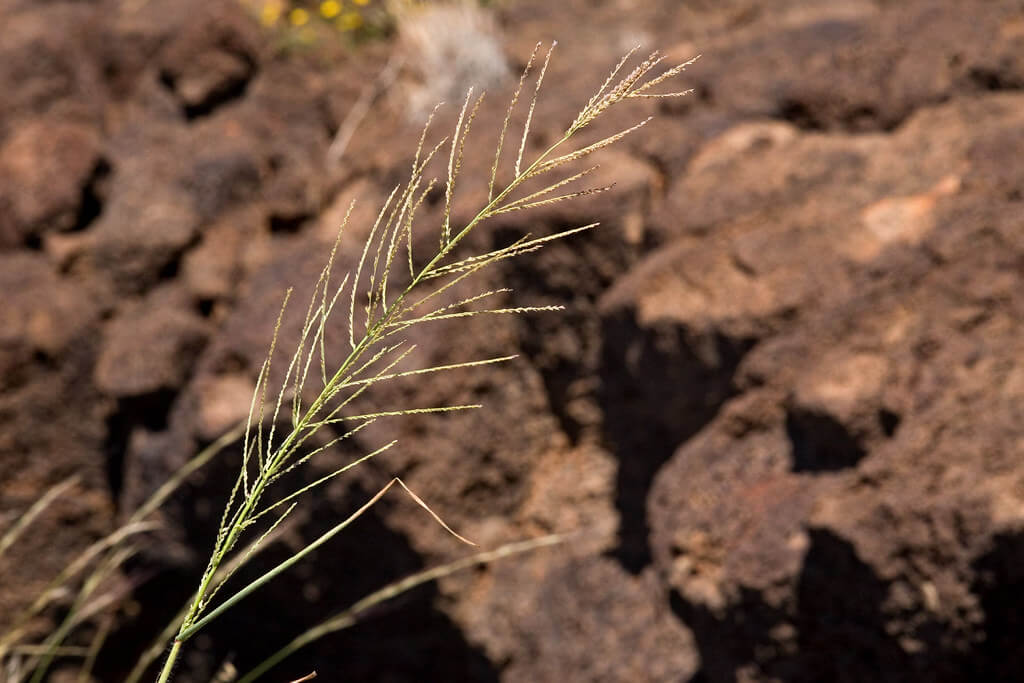Australian Plant Census (2011) available at: Vascular Plants APNI (biodiversity.org.au)
Anuruddhka S.K. Abeysekera, A.S.K. and Wickrama, U.B. (2005). Control of Leptochloa chinensis (L.) Nees in wet-seeded rice fields in Sri Lanka. In Proceedings of Rice is Life: Scientific Perspectives in the 21st Century. International Rice Research Institute, Los Banos.
Benvenuti, S., Dinelli, G. and Bonatti, A. (2004). Germination ecology of Leptochloa chinensis: a new weed in the Italian rice agro-environment. Weed Research 44:87–96.
Galinato, M.I., Moody, K. and Piggin, C. (1999). Upland Rice Weeds of South and Southeast Asia. International Rice Research Institute, Los Banos.
Kennedy RA, Runpho ME and Fox TC (1992). Anaerobic metabolism in plants. Plant Physiology 100, 1–6.
Mannetji, L. (2007). Grassland Species Profiles. Lelptochloa chinensis (L.) Nees. FAO Crop and Grassland Service (AGPC).
Manneechote, C., Samanawong, S. and Zhang, X. (2005). Resistance to ACC-inhibiting herbicides in sprangletop (Leptochloa chinensis). Weed Science 53: 290–295.
Pacific Island Ecosystems at Risk (PIER) (2008). Institute of Pacific Islands Forestry. Available at: Leptochloa chinensis: info from PIER (PIER species info) (hear.org)
Scher, J. (undated). Federal Noxious Weed Disseminules of the U.S.
Waterhouse, B. M. and Mitchell, A. A. (1998). Northern Australia Quarantine Strategy: Weeds Target List. (Second Edition). Australian Quarantine & Inspection Service, Miscellaneous

















